PROTECT YOUR DNA WITH QUANTUM TECHNOLOGY
Orgo-Life the new way to the future Advertising by AdpathwayThere’s no doubt about it, peaches are popular. A delightfully juicy, sweet, and sour flesh, wrapped in a skin of peach fuzz perfection, peaches are the star of the early summer fruit salad. I love to watch them ripen on the tree, changing from green to yellow and then finally a sweet pink blush to let you know it’s time to pick them.
As with almost any plant, peach trees are not without their enemies. It seems like everyone and everything loves those tasty fruits. This includes squirrels, insects, and birds, seemingly anything that can reach them. While those garden pests can be frustrating, diseases are even more worrisome, as they can destroy an entire tree if they’re severe enough.
One disease that probably won’t kill your tree, but is likely to reduce your fruit production and quality, is peach leaf curl disease. This fungal disease is a real pain. Let’s talk about it.

What is Peach Leaf Curl?
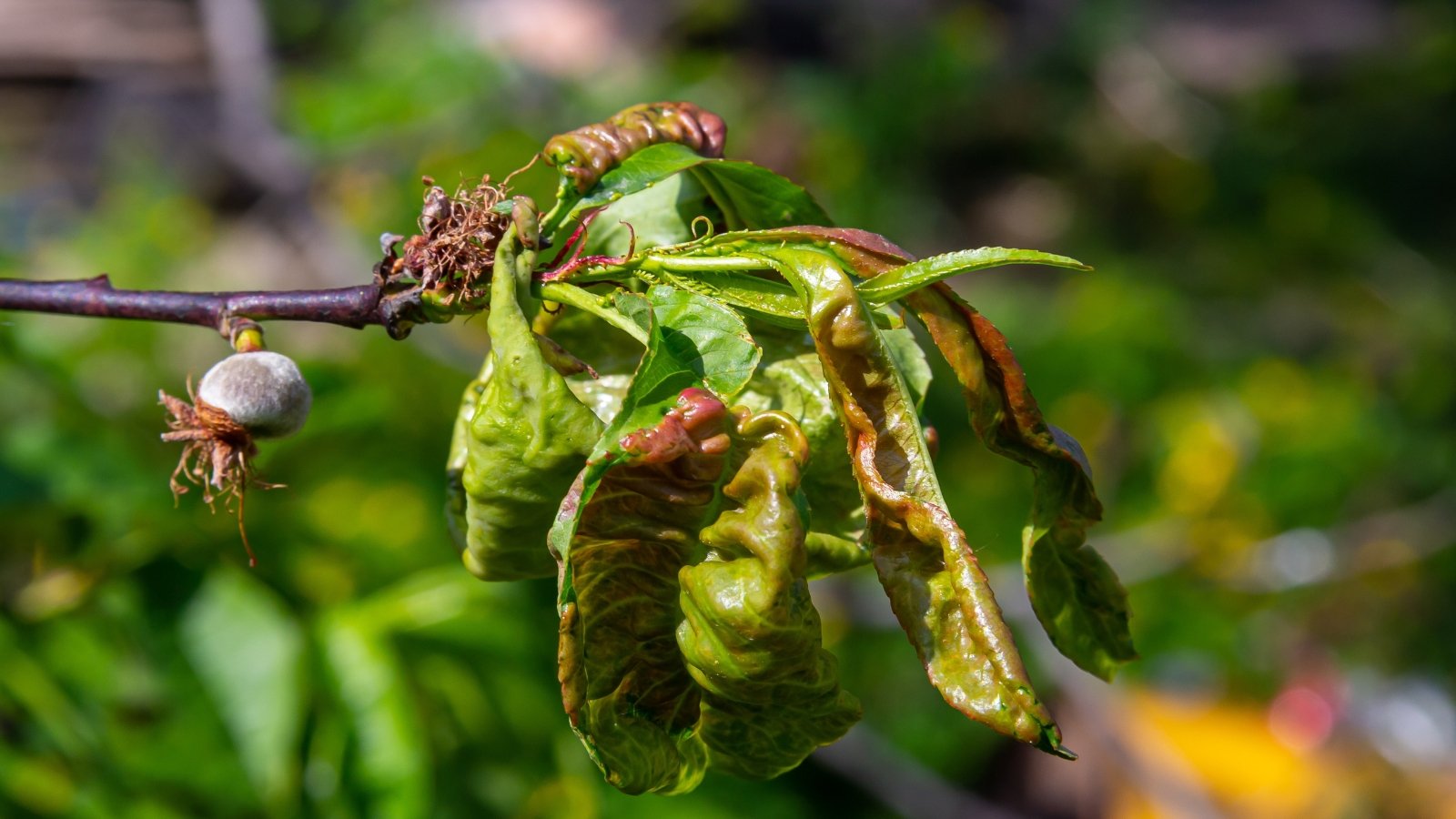 Watch for puckered, reddish leaves as trouble quietly begins.
Watch for puckered, reddish leaves as trouble quietly begins.Peach leaf curl is a fungal disease affecting peach and nectarine trees that can reduce both the quantity and quality of your fruit. It also leaves your leaves in an unsightly state. It’s caused by the fungus Taphrina deformans.
Spring is when you would expect to see issues with peach leaf curl. As the tree wakes up from dormancy, signs will begin to show about three weeks after infection. Your leaves may emerge looking healthy, but they won’t stay that way for long.
Initially, your tree’s new shoots and leaves will take on a reddish tint, and they may begin to pucker. Yellowing leaves and gray, powdery spores coating the foliage are other signs that your peach tree has leaf curl disease.
As the season goes on, you may see some leaves drop and a decrease in fruiting as the tree works to combat the fungus. It’s unlikely that this disease will kill the tree altogether, but it will affect the overall health and vigor, as well as the quality of the fruit.
The damaged foliage will fall as the weather warms up, and a new, healthy flush will replace it, lasting through the rest of the year. Though they won’t affect the leaves again this season, the spores may still remain and can affect next year’s growth if you don’t remedy the disease.
How Does Peach Leaf Curl Occur?
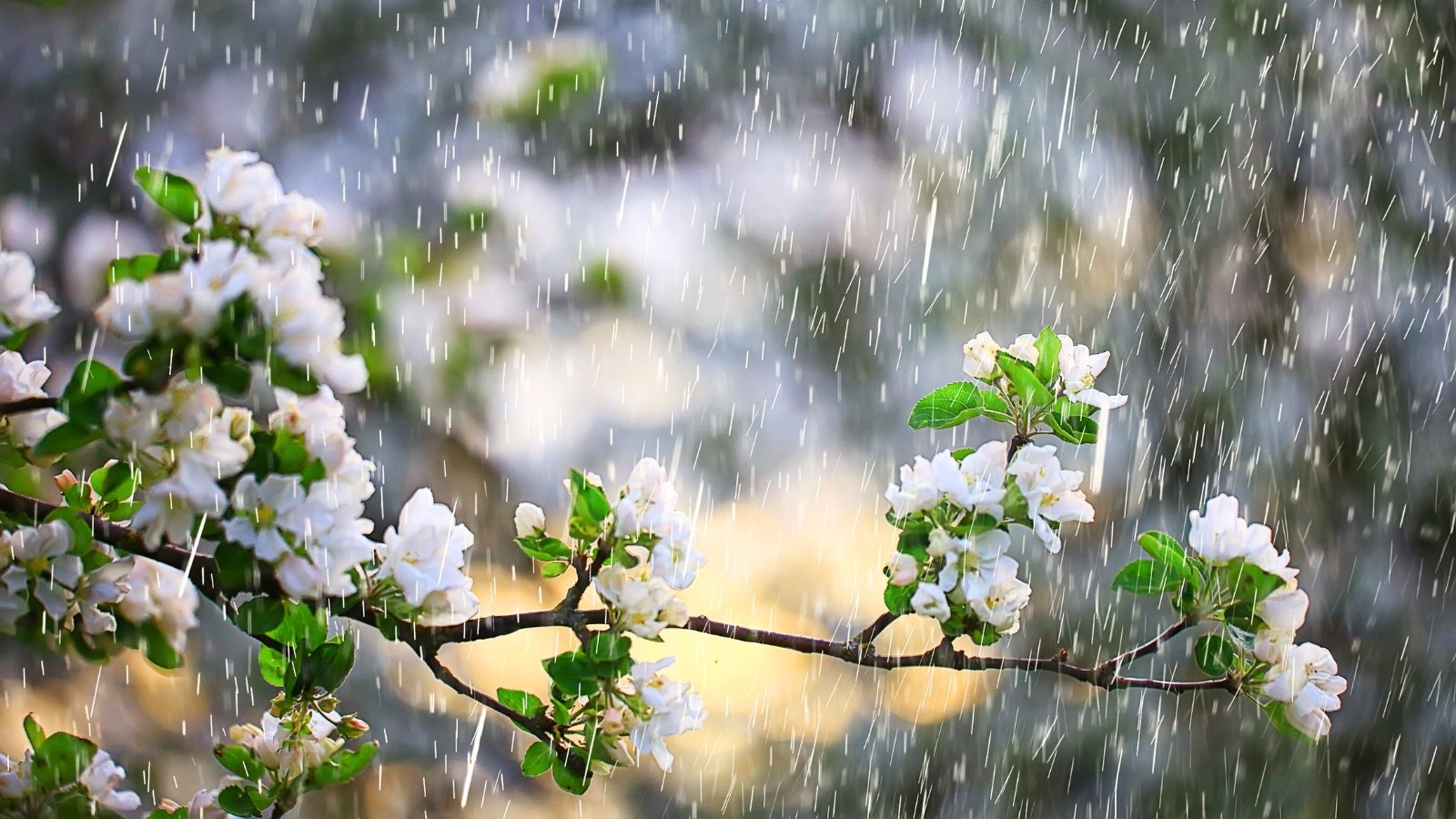 Cool, wet days invite trouble right when leaves first appear.
Cool, wet days invite trouble right when leaves first appear.The fungal spores that cause peach leaf curl proliferate in cool, damp weather. In the fall, as the temperature drops and moisture takes longer to evaporate, the spores will proliferate on the surface of trees. A film can cover the entire tree going into winter and hang out there until the weather begins to warm in the spring.
In spring, water splashes help the resulting spores move from place to place, and some of these could wind up on your peach or nectarine tree. Since the fungal spores love cool, wet weather, this is when they are most active. Just as the tender new foliage emerges, the fungus sets in and starts to do damage.

Symptoms
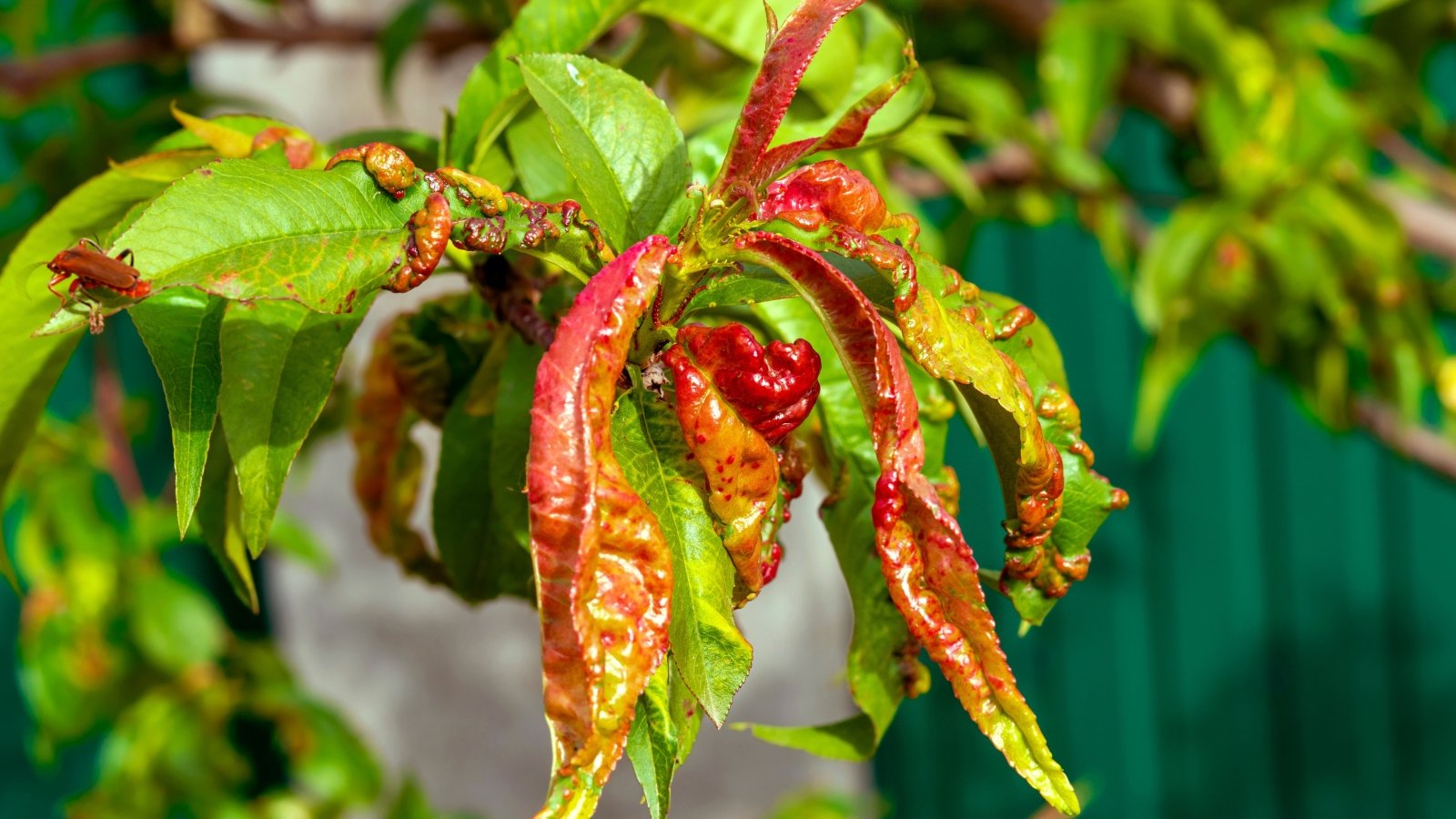 Spores disappear in heat but return when cool weather starts.
Spores disappear in heat but return when cool weather starts.It’s difficult to determine whether your tree has spores present in the summer and fall. The spores may travel that way in the fall, but until the leaves begin to grow in the spring, you won’t know it’s there. It’s that cold, damp weather that drives them into action.
Pink-tinged wood is an early indicator, but it should be fairly obvious as those early leaves unfurl that something is amiss. While it’s more common to see signs on the leaves, fruit infection is not impossible. Fruit infection will manifest in raised, red, bumpy lesions and fruit that falls before it’s ripe.
The spores are dormant in warm, dry weather, so over the summer, they will appear to go away, but don’t let this fool you. They will overwinter on the bark and can return with a vengeance in the following spring.
Prevention
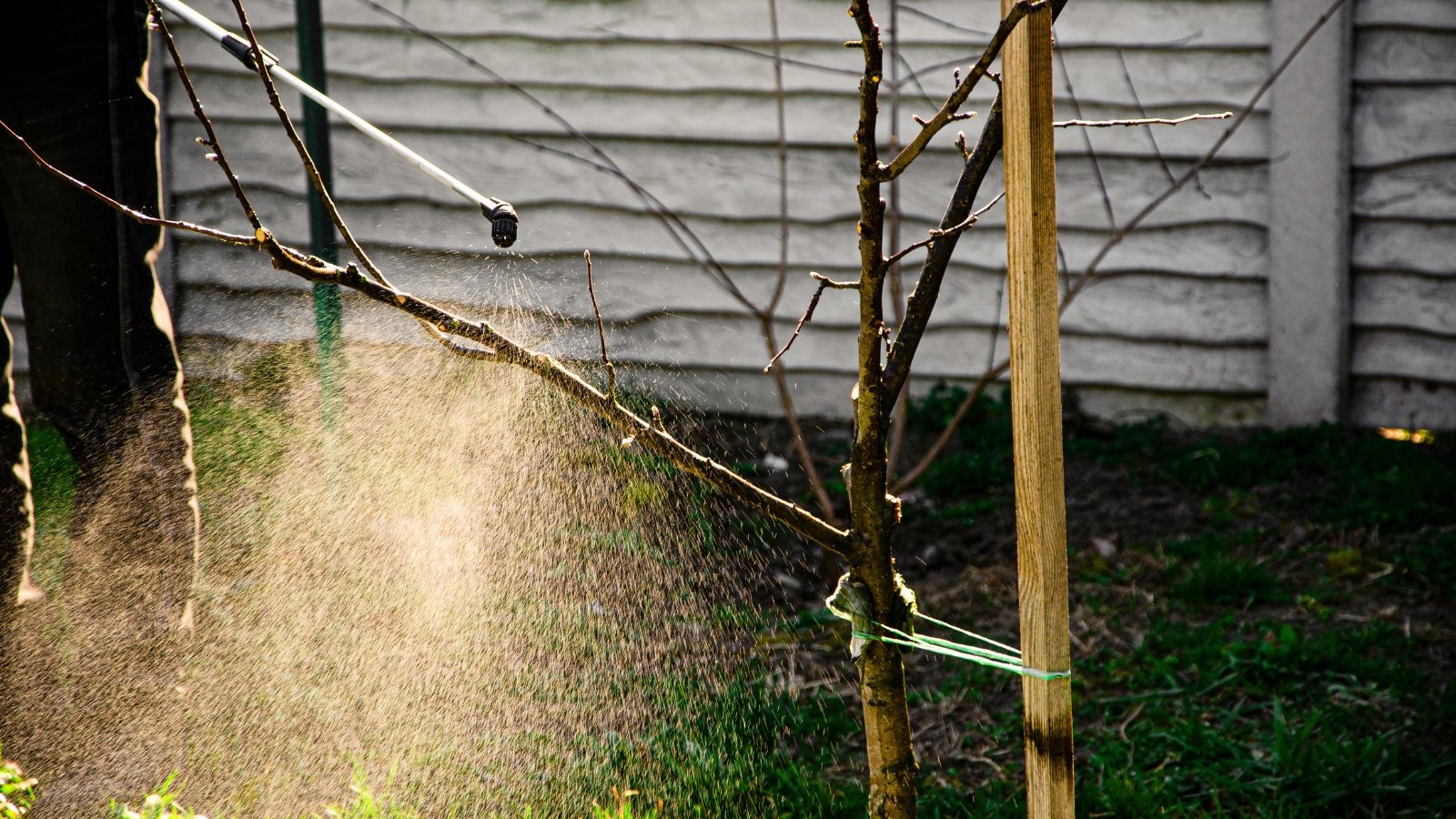 A protective spray after leaves drop keeps trouble away.
A protective spray after leaves drop keeps trouble away.Some varieties are more resistant to the disease than others, so if you can start off with the right tree, you’re ahead of the game. You can use a copper-based fungicide if you already have a tree and want to protect it from a potential infection.
After the leaves drop in the fall, spray the entire tree, covering the bark with your copper-based fungicide. Alternately, you can apply this fungicide in the late winter or early spring, before the buds break. Make sure to cover your skin while you’re treating the tree, as fungicides can be harmful to your skin.
Treatment
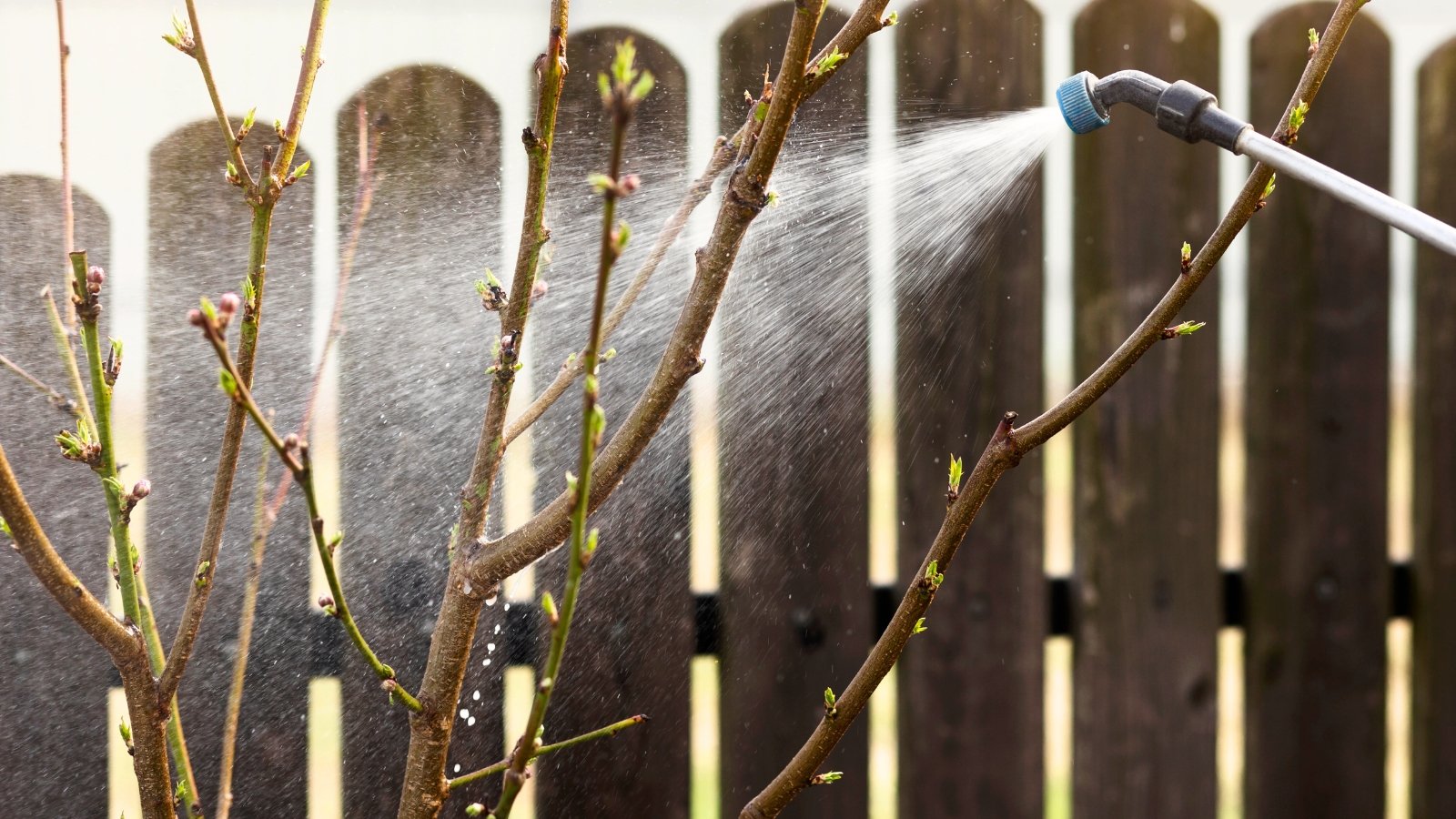 Don’t skip that second treatment when buds start to swell.
Don’t skip that second treatment when buds start to swell.For the most part, treating a tree that already has peach leaf curl disease is the same as the prevention treatment. Don’t bother treating it during the summer while the spores are inactive. You’ll want to treat it twice in this event as well.
Using a copper-based fungicide, wait until the tree loses its leaves in late fall. Neem oil shows some effectiveness, and horticultural oil does as well, but copper-based formulas are the most reliable treatment. The most effective ones contain an ingredient listed as “metallic copper equivalent,” or MCE.
Spray the entire tree after the leaves fall and rake up all of the fallen leaves. Don’t leave them lying on the ground, where the spores can overwinter and then wind up on the tree again when the cool, wet spring weather reactivates them.
In fall, repeat your treatment with the fungicide. Make sure to cover the bark completely. You don’t want to lose another fruiting season. If the disease persists, repeat the treatment in the following spring and fall. It’s a good idea to use a different product if the initial product was ineffective.
Final Thoughts
Peach leaf curl disease is typically not a death sentence for peach trees, but it can make for a disappointing fruiting season. By treating it preventatively, you can avoid infection in the first place. By treating an infected tree promptly, you should be able to eliminate the issue within a year.


 4 months ago
103
4 months ago
103
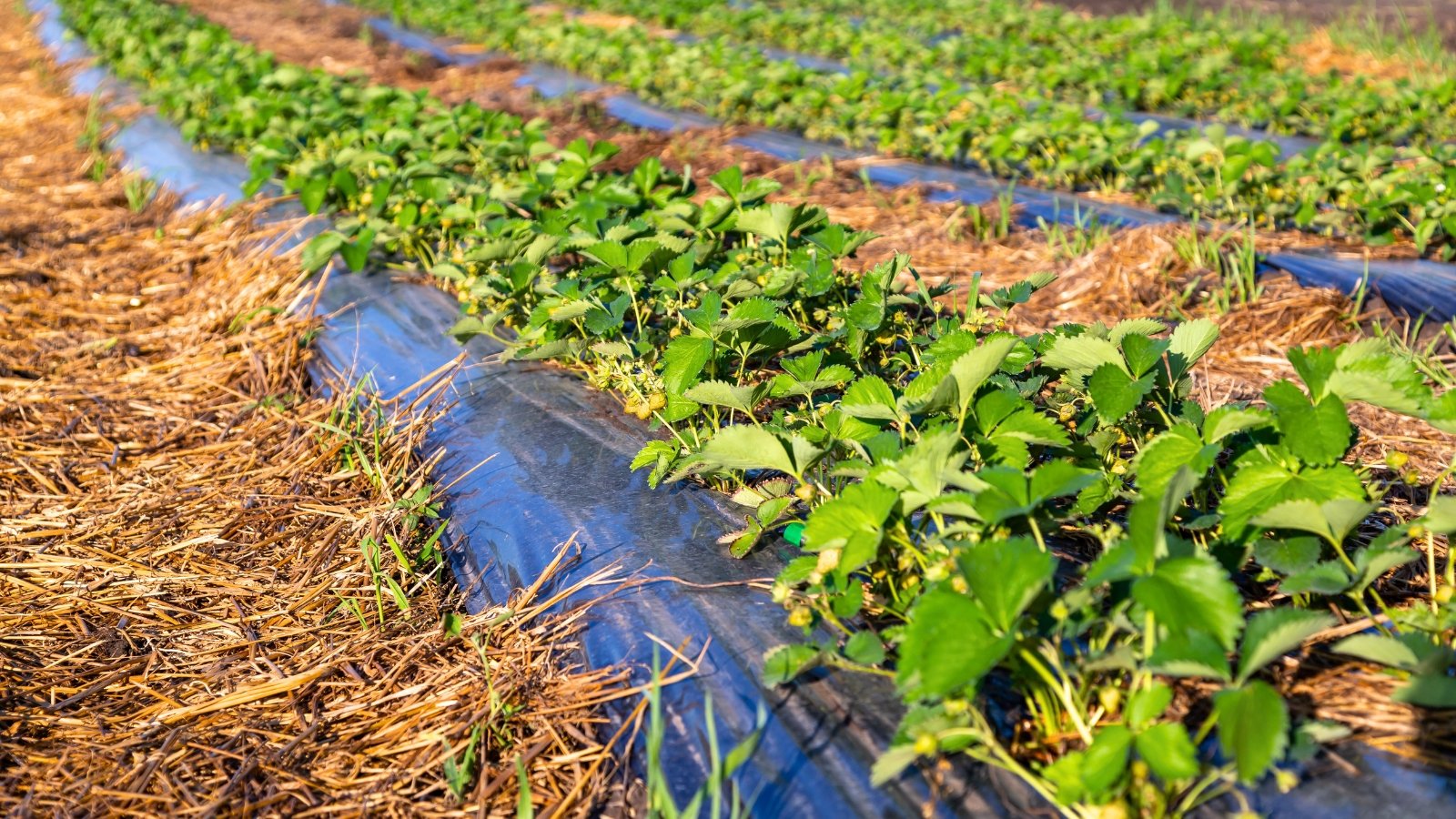
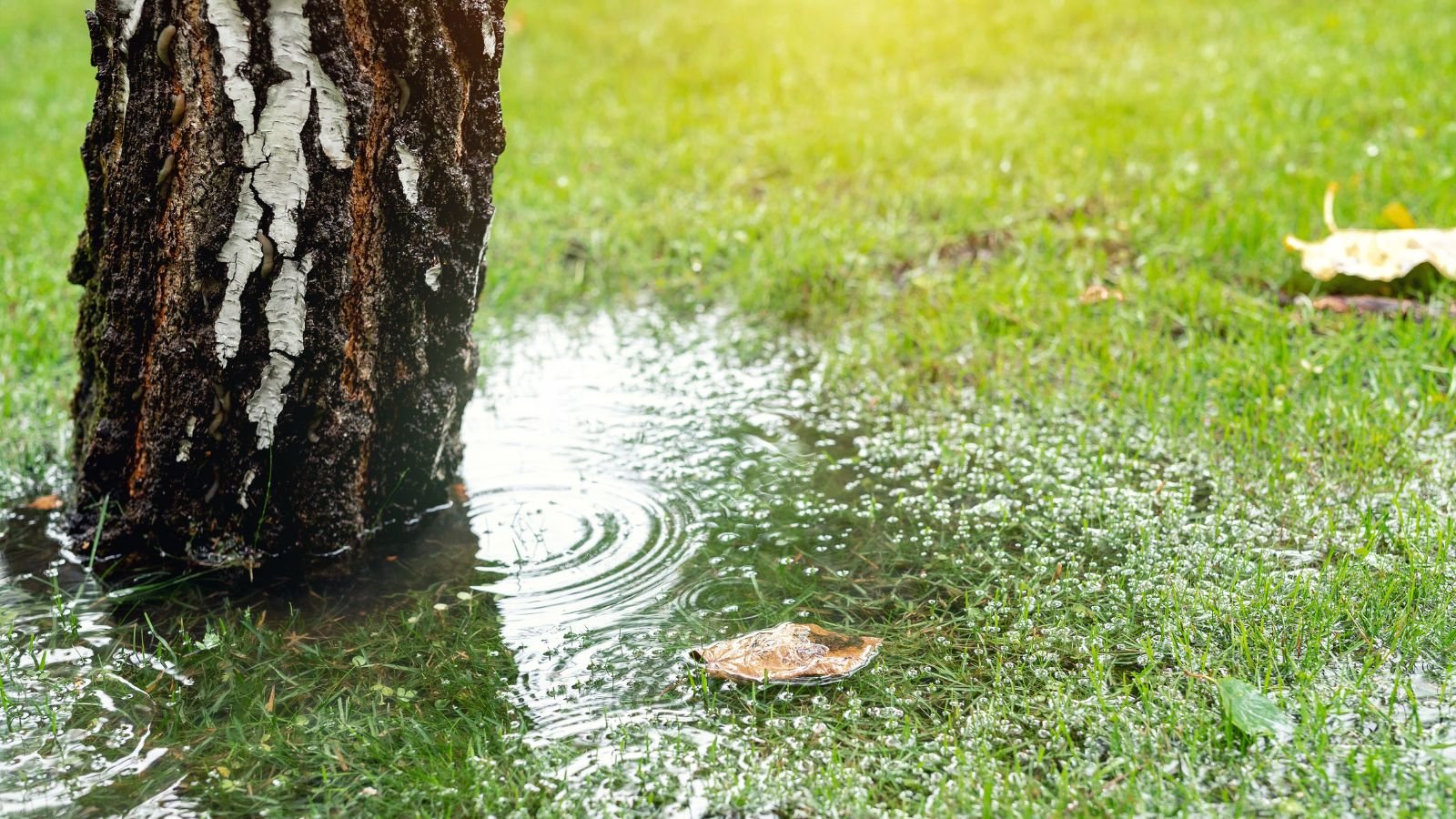

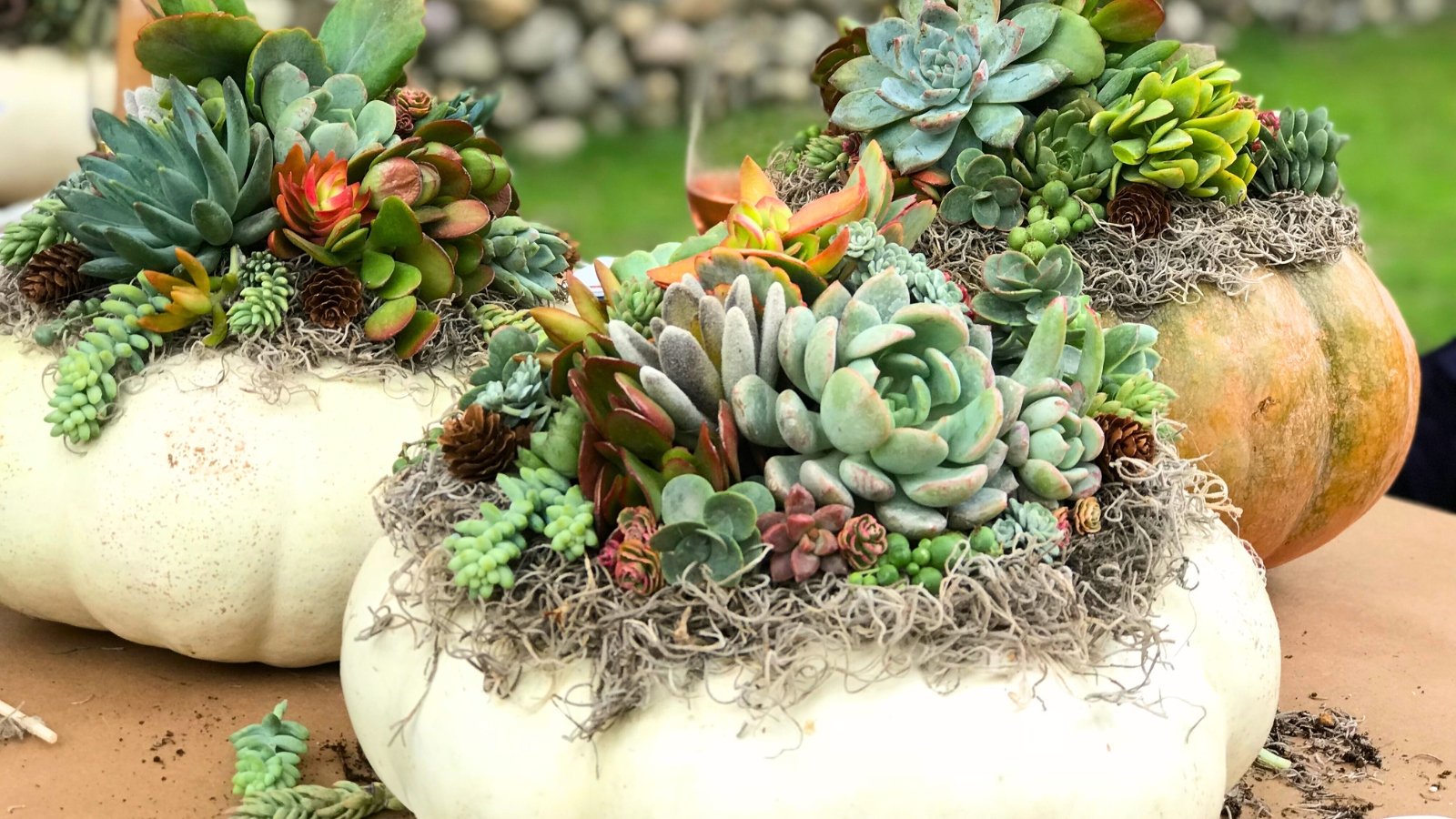
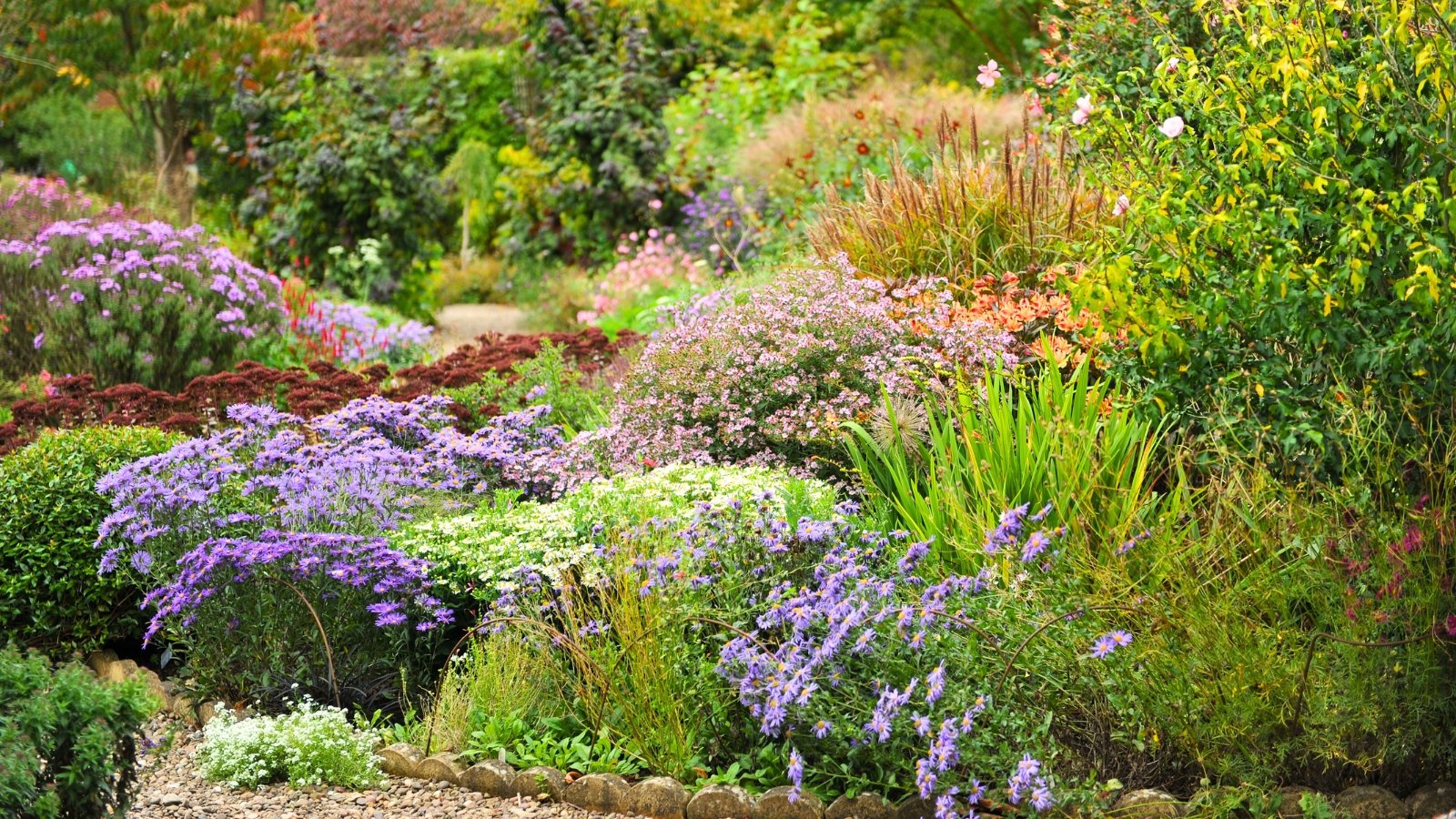
















 English (US) ·
English (US) ·  French (CA) ·
French (CA) ·